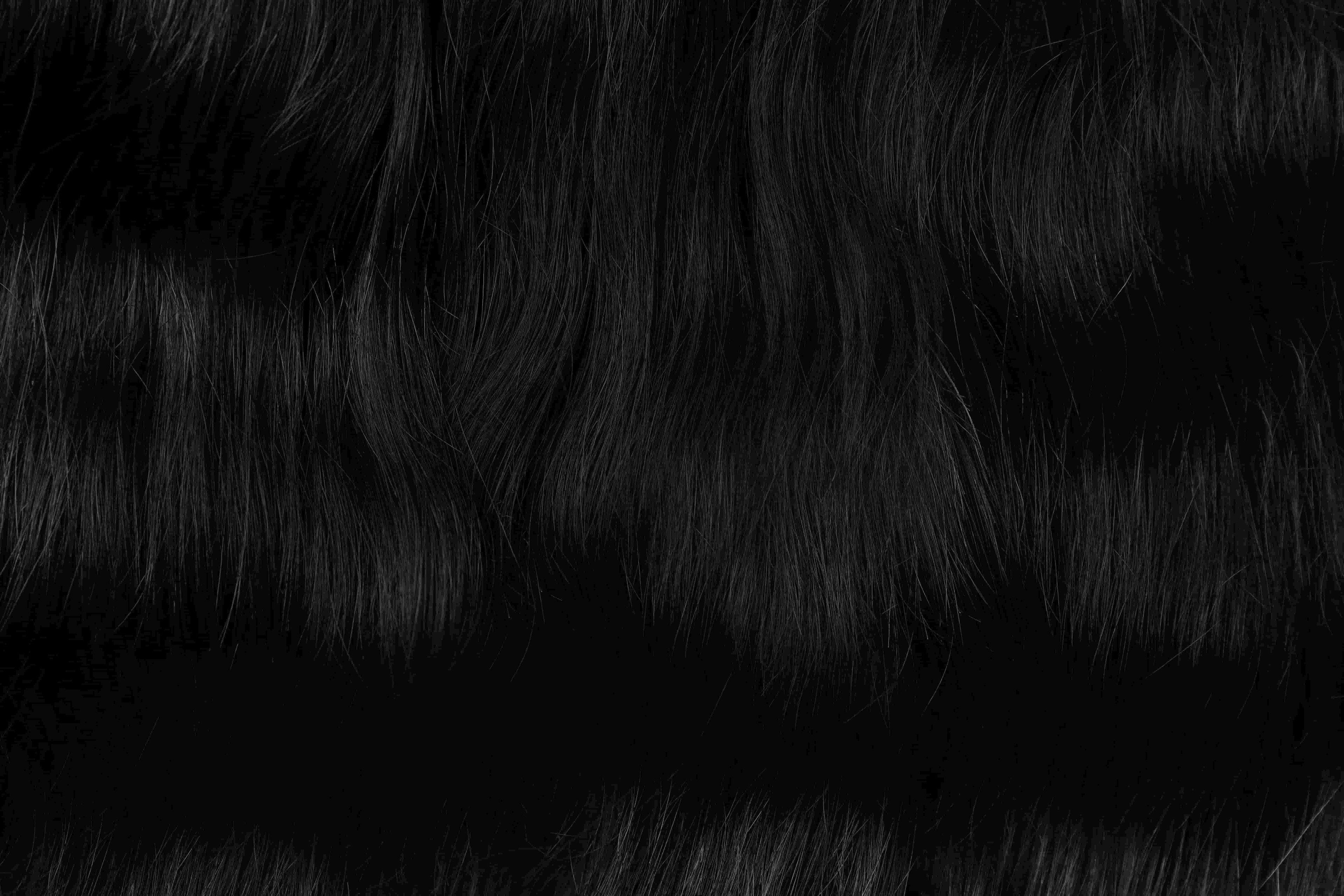
Finasteride is a steroid drug used to prevent hair loss but has got possible side effects on prolonged usage. The drug works by blocking an enzyme in your body called 5-alpha-reductase. This little enzyme lives inside your body and turns your body’s testosterone into another hormone called dihydrotestosterone (DHT). Whilst DHT is an important hormone that gives men their sex drive, and regulates their lean muscle mass, it is also responsible for accelerating balding.
Before taking any treatment, elevated levels of DHT in the body reduce the “anagen” phase of the hair growth cycle and increase the “telogen” phase. Cutting through the jargon, this means the time your hair follicles spend growing is reduced, leaving your follicles to shed and lie dormant forever.
Finasteride is a 5-alpha-reductase inhibitor, meaning it stops your body from producing DHT. As long as you choose to keep taking finasteride, this will prevent further hair loss from occurring. It is designed to enable the hair growth cycle to continue occurring, keeping your hair on your crown and temples.
This is also why it is critical to use Finasteride at an early point on your hair loss journey. As has been previously stated earlier, this is not a cure but a preventative measure. The earlier you start taking finasteride, the more effective it is going to be. Once a follicle becomes dormant, it will never awaken. So it is wise to be proactive with a topical application of minoxidil also along with oral intake of finasteride 1mg dosage. Generally, Finasteride should show results around three to four months of use. This enables clients to see how effective the treatment is over the course of numerous hair cycles. Although, it is definitely worth considering that there are many individual differences.
Affecting roughly one in one thousand people are:
- lumps, or hives on the skin
- swelling of the chest
- discharge from the nipples (an early sign of breast cancer)
- unusually low mood (depression)
- Allergic reaction
If finasteride is not working then not to worry. There are plenty of different treatment options available to you. Whether you want to try another chemical treatment like minoxidil or want a hair transplant, there is always a solution for you! Now it's time to understand its possible side effects which I have stated in the beginning itself of the blog. Finasteride side effects are rare but can occur. The most common side effects, affecting roughly one in one hundred people, are erectile dysfunction and problems ejaculating.
If you do begin to experience any side effects, then consult a Dermatologist immediately. If you’re concerned about adverse effects, it is important to consider that these cases are rare and, mostly, non-life-threatening.



